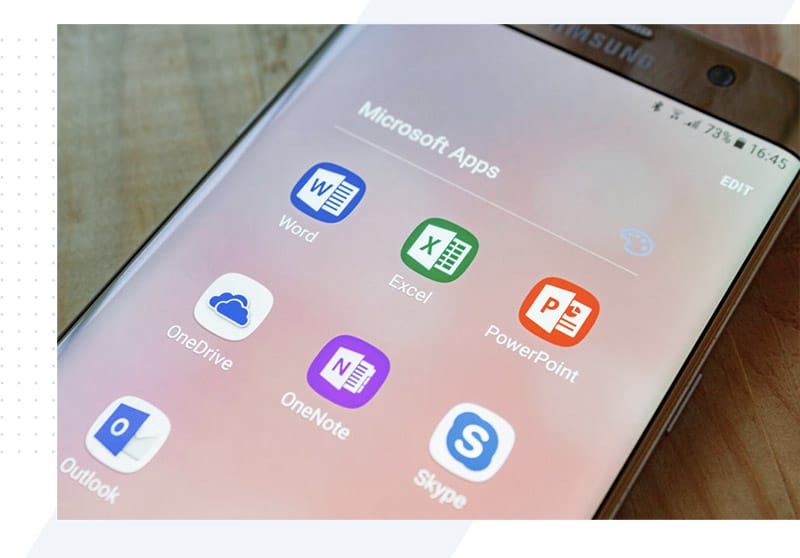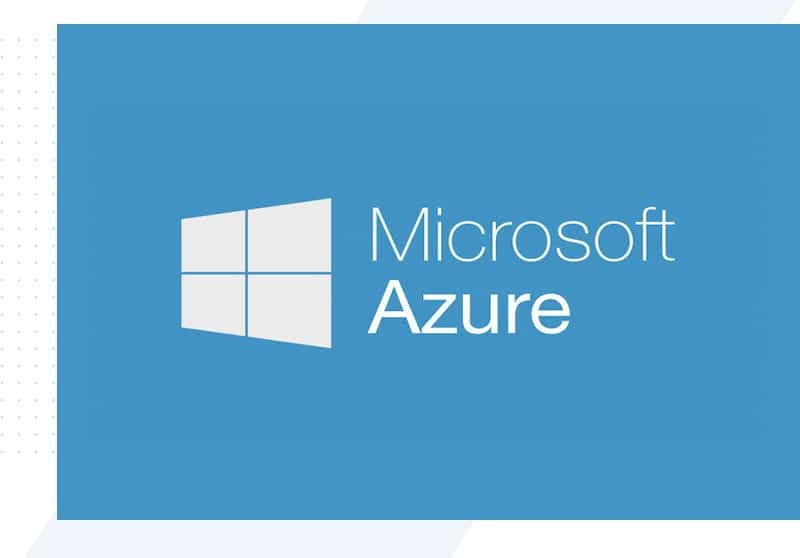5 Not So Obvious Ways To Speed Up Your Home Internet

With many now preparing to work from home and the schools closed internet connectivity in the house is being strangled. In this article, you’ll learn so of the pro tactics to squeeze every last ounce of internet speed out of your home broadband line.
The Master Socket
If you have an ADSL or Fibe to the cabinet (VSDL) connection to your home, then this tip is not to be missed. Make sure you have your internet modem plugged into your master socket. If you live in a bigger house, you may have several extension sockets. The extensions sockets should not be used for the modem. The reason for this is that as the phone cable gets spliced to these extensions, you’ll lose some of the clarity on the line.
The result is a slower internet connection. The master socket avoids the problems with internal home wiring and in theory, should be a direct connection to the telephone line.
Microfilters
Again this applies to ADSL and VDSL lines. Microfilters split the signal on the phone line for data and voice. In recent years many phone sockets now include an inbuilt microfilter. However, if you have the more common phone socket, then you’ll need a microfilter attached to all phone sockets around the house that have anything plugged into them. If you skimp on filters, then you run the risk of a slower line. The reason for this is that the voice and ring on the line will stop the data connection temporarily, and the phone company system will reduce the line speed to try and give a more stable connection.
Hardware
Cheap or free internet modems and wifi routers are commonly supplied by bigger internet providers. This may seem like your getting a good deal with free hardware. The reality is that this free hardware is usually inferior in quality and can lead to reduced speeds and reduced wifi connectivity.
Wifi Coverage
Wireless signal around the home has become paramount with most now working from mobile devices or laptops. Hardwiring your work computer into the router is a great way to boost speed. A hardwired connection will give a slight speed increase depending on how strong your wifi signal is. You should also survey your home and see where you might have wifi blackspots.
Deploying a mesh wifi network in your home can help boost the signal for all the family.
DNS
DNS stands for domain name resolution. It’s a task that’s usually done by your home router to find website addresses when you are using your internet browser. Most internet providers take on the task of providing DNS services. However, there are free specialist solutions where you can get faster DNS speeds.
The most common of these are: Cloudflare, Google DNS, Open DNS.
Setting your home router to one of these dedicated DNS solutions will give you a snappier browsing experience at home.
If you found this article useful and want help with your home internet speed – get in touch with us today.













